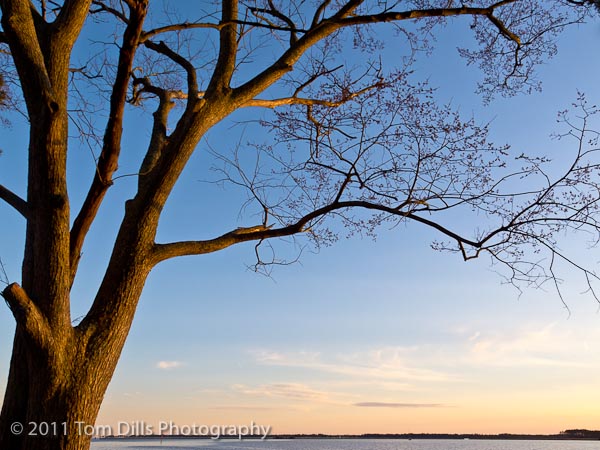I spent some time the other day helping a good friend try to diagnose some problems he was having with Lightroom. His computer was doing some strange stuff with multiple catalogs and he couldn’t figure it out. It’s going to take some more work because he’s made a bit of a mess of things, but I’m going to help him out because it’s a good way for me to learn, he’s a good friend and it’s something I want to do.
Sometimes it takes working with someone else’s digital file management system to appreciate how truly difficult it can be to manage our photographs. I’m very fortunate to have realized from the start – even before Lightroom – that good organization was going to be essential if I had any hope of keeping track of what I was certain to be a lot of files. And boy was I right – I had no idea!
The biggest realization for me is that using a program like Lightroom is a commitment. Lightroom is designed to be your sole system for image organization. It doesn’t do you any good if you put just some of your images in Lightroom, or if you work with Lightroom sometimes and other programs other times. Once you decide to use it you need to learn how it works, figure out what works best for you and embrace it 100%. It won’t do you any good any other way.
I’ve told this story to groups before so it’s nothing new to a lot of my readers, but the first time I used Lightroom it was to organize, edit and process images from a magazine assignment. I decided that I was going to use Lightroom from start to finish to complete this assignment, and that I would use what I learned to develop my workflow around it. I “got it” from the very beginning, understood how it worked and what it would do, and soon I imported my entire photo collection, which was much smaller than it is today, into my Lightroom catalog.
Today I use Lightroom for everything – from editing to processing to printing. I rarely use Photoshop for anything – going there for the occasional cloning job, a panorama or the rare – for me – HDR image. And I don’t own and haven’t tried any of the third-party software. Not that I have a problem with it, I just don’t feel like I need it.
When I teach and work with other people dealing with their digital workflow, I try to help them develop a system that they understand and that works for them. They could copy everything I do exactly, but unless they understand what I’m doing and why, they’ll never get comfortable with it, probably won’t use it and soon they’ll have a mess.
A lot of people enjoy the computer side of digital photography. I enjoy it to the extent that I love figuring things out and solving problems, but once I get to a point where I have a system that works I want it to get out of my way and let me do my thing. I don’t want to have to worry about hardware and software and plug-ins and actions. I want the computer stuff to be a tool that I use to achieve the desired result, and I want it to come as natural to me as changing the aperture on my camera.
I’ve worked hard to get to the point I am at with my workflow. I enjoy helping other people too, but it takes a certain level of commitment to get to the point where you have something you can use. Getting there might take some valuable time away from our photography, but ultimately that time investment will pay off more than buying a new piece of software or even a new lens if it helps us spend our time being creative instead of trying to figure out the computer stuff.










